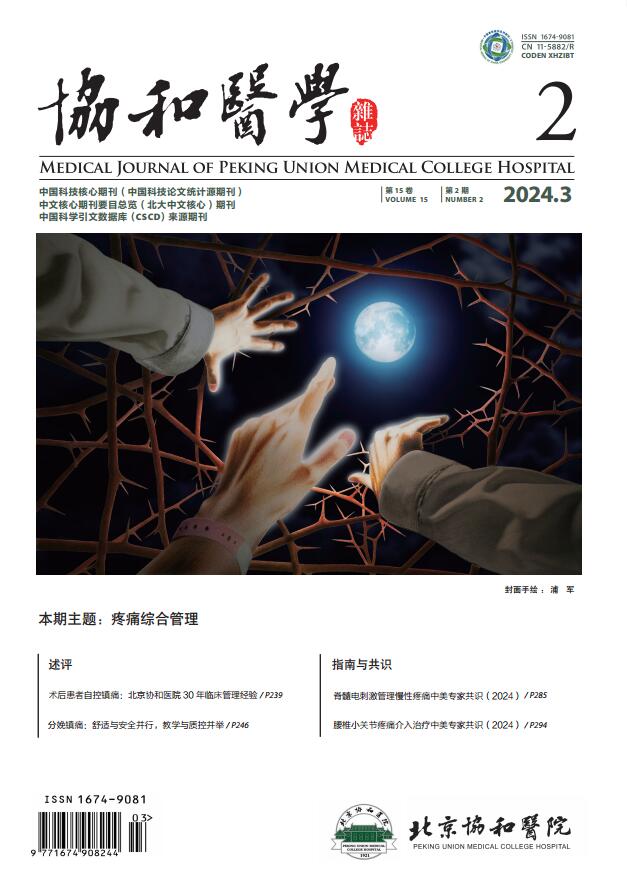2021 Vol. 12, No. 1
Display Method:
Abstract:
2021, 12(1): 18-26.
doi: 10.12290/xhyxzz.2020-0046
Abstract:
Abstract:
Abstract:
Abstract:
Abstract:
Abstract:
Abstract:
2021, 12(1): 80-85.
doi: 10.12290/xhyxzz.20200152
Abstract:
2021, 12(1): 86-91.
doi: 10.12290/xhyxzz.20180406
Abstract:
2021, 12(1): 92-98.
doi: 10.3969/j.issn.1674-9081.20190250
Abstract:
2021, 12(1): 99-104.
doi: 10.12290/xhyxzz.20190082
Abstract:
2021, 12(1): 105-109.
doi: 10.3969/j.issn.1674-9081.2021.00.001
Abstract:
2021, 12(1): 114-121.
doi: 10.12290/xhyxzz.2021-0012
Abstract:
Abstract:
2021, 12(1): 129-135.
doi: 10.3969/j.issn.1674-9081.2020.00.004
Abstract:
2021, 12(1): 136-140.
doi: 10.12290/xhyxzz.20200134
Abstract:
2021, 12(1): 141-145.
doi: 10.12290/xhyxzz.20200249
Abstract:

 Submit
Submit Review
Review Office
Office Email Alert
Email Alert RSS
RSS
 HTML
HTML PDF
PDF


























